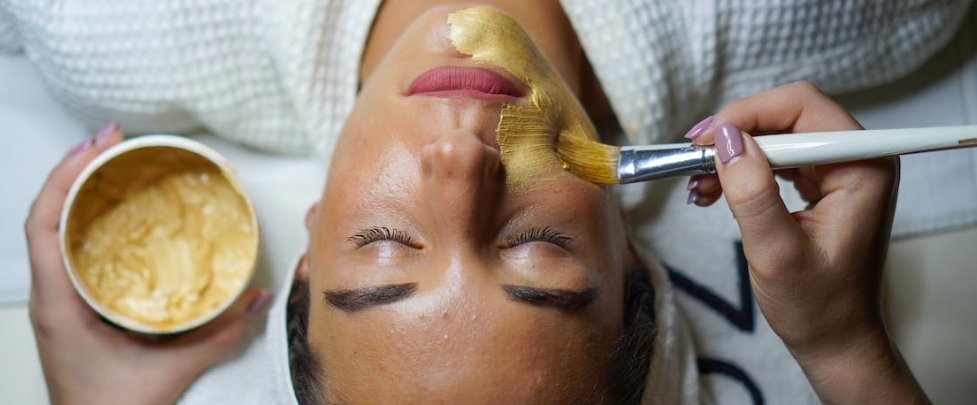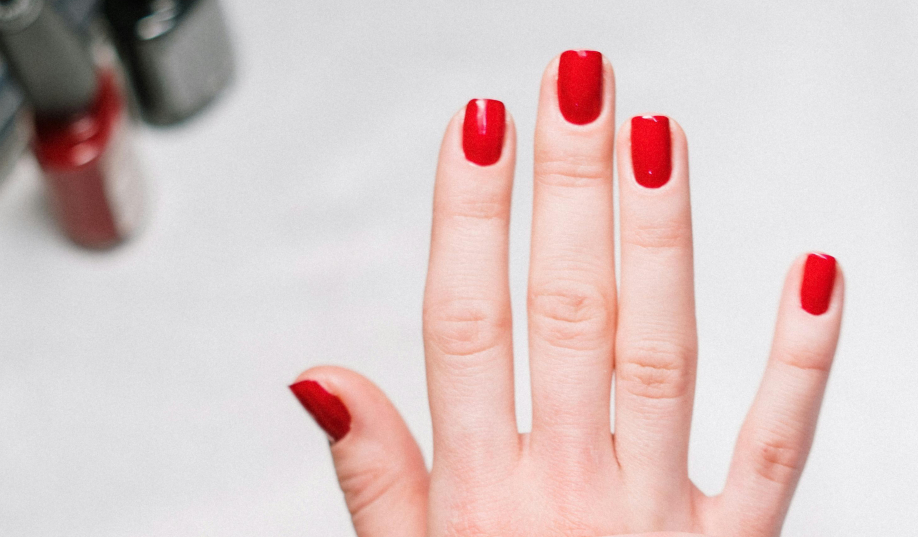Introducing Turmeric Face Masks for Clearer Skin

© John Tekeridis / Pexels
Have you ever wondered what it would be like to sparkle and shine like an 80s disco ball? Well, turmeric might just be your lifesaver! While turmeric is mainly used for seasoning yummy food and different dishes like beans and rice, it has another usage that your skin will definitely thank you for.
Have a look at the latest skincare trend known as turmeric face masks that can help you achieve your clearer skin goals in no time.
What is Turmeric?
Turmeric, a plant native to Asia, is not only a popular spice in cooking but also a valuable ingredient in supplements due to its medicinal properties. Additionally, it’s increasingly utilized in natural and conventional skincare products, particularly in the form of turmeric face masks. These masks are gaining popularity as a chemical-free solution for various skin concerns.

We will give you all of the tips and tricks on how to DIY the perfect Turmeric face mask, while still offering insights into its preparation, benefits, and potential risks. By the end, you will have a better understanding of whether a turmeric mask should be a regular part of your skincare routine or not.
Benefits of Turmeric
Turmeric face masks offer these benefits:
- Reduced Inflammation: Turmeric contains curcuminoids, which have anti-inflammatory properties. Using turmeric as a regular face mask can help reduce inflammation and irritation, which can exacerbate various skin conditions.
- Antibacterial Potential: Turmeric has antibacterial properties that can help treat and prevent bacterial infections on the skin, including those contributing to acne cysts and staph infections. However, active infections should still be assessed by a doctor.
- Acne Treatment: Turmeric’s anti-inflammatory qualities make it potentially effective in treating inflammatory acne, including cysts, nodules, pustules, and papules. It may also reduce the appearance of acne scars.
- Antioxidant Power: Turmeric is rich in antioxidants, which protect skin cells from free radicals that can cause damage and lead to issues like hyperpigmentation and scars.
- Reduced Hyperpigmentation: Turmeric has been studied for its ability to reduce hyperpigmentation, helping to even out skin tone.
- Skin Irritation: Topical application of turmeric may reduce skin irritation, making it a potential solution for alleviating irritation caused by various factors, such as breast cancer treatments.
- Wrinkle Treatment: Some studies suggest that turmeric may help improve skin texture and reduce the appearance of fine lines and wrinkles, enhancing overall skin appearance.
How to Make Turmeric Face Masks
To create a turmeric face mask, mix turmeric powder or extract with a thickening agent to form a paste. The choice of ingredients can vary depending on your specific skin concerns. Some examples include:
- For acne: blend turmeric with warm water and honey.
- To address hyperpigmentation and wrinkles: combine turmeric with yogurt and lemon juice for added nourishment and brightening effects.
- If dealing with skin irritation: mix turmeric extract with aloe vera gel for natural soothing properties.
- For antioxidant benefits: mix turmeric with water (you can add a bit of almond or rice flour for a thicker consistency). Leave the mask on for around 10 minutes, then rinse with warm water and follow with your preferred toner, serum, and moisturizer.
Turmeric can actually stain yellow, so it is best to avoid leaving the mask on overnight. If you have a lighter skin tone and your skin gets stained, try washing your face with milk. You can use the mask up to two to three times weekly to achieve your desired results.
Safety Measures for Turmeric Face Masks
While turmeric is a holy grail for a lot of people, not everyone has the same skin type. Here are some risks you may face with turmeric face masks:
- Turmeric is generally considered safe for topical use, but oral supplements may lead to gastrointestinal side effects like stomach upset and cramps.
- While there are no known side effects of using turmeric in skin care, it’s advisable to conduct a patch test before applying it to your face to check for any adverse reactions.
- To perform a patch test, create the turmeric mask and apply a small amount to your arm. Wait for at least a day, and if no adverse reactions occur, it’s likely safe to use on your face. Do not use the mask if redness, swelling, or itchiness develops during the patch test.
- When making your own turmeric mask, keep in mind that DIY masks can be messy and time-consuming.
- Turmeric has the potential to stain both your skin and clothing, so exercise caution when mixing and applying your homemade recipe.
The world of turmeric face masks offers a treasure trove of potential benefits for your skin, from reducing inflammation to combating acne and hyperpigmentation. While generally considered safe, it is essential to be mindful of potential side effects and perform a patch test before incorporating it into your skincare routine.
Now, we would love to hear from you! Have you tried a turmeric face mask, and if so, what were your experiences?
Note: The information provided in this article is for general informational purposes only. It is not intended as a substitute for professional medical, skincare, or beauty advice, diagnosis, or treatment. Always seek the advice of qualified professionals for any specific concerns related to your health, skin, or beauty regimen.


